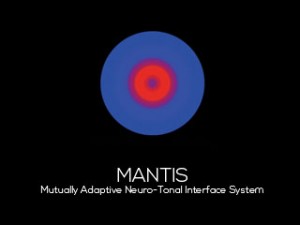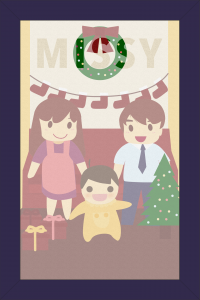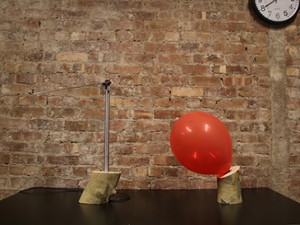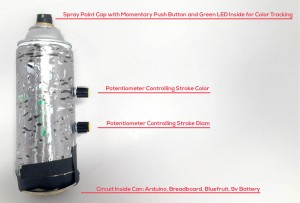Justin Peake
MANTIS is a real-time, physiological mirror through which a user may experience and explore his or her own heart/breath relationship with sound.
http://articulatedworks.com/mantis/
Description
Some methods frame meditation and awareness as an exercises to “get better at this” or “stop doing that”. Often, these are incentive based performance strategies that shift the spirit of engagement from personal curiosity, acknowledgment, and acceptance to a more goal-oriented or even wealth oriented end goal, promising “better” behavioral or materialistic states. As a result, these strategies can create conceptual walls to real discovery and change; we are too busy worrying about what we “should” be doing in the moment instead of actually experiencing the subtlety of the moment. Examples of this phenomenon manifest most notoriously in performance related fields like sports, music, or even medicine, when performers report that they are “in the zone” but fall “out of the zone” as soon as they are aware of being “in” it… the paradox of momentary awareness.
With the MANTIS, I employ pulse and breath sensing technology to generate correlated audio, to offer users the chance to explore a simple environment built from their own physiology and experience first hand the micro changes and corresponding conscious shifts that occur during breathing cycles. The user is seated in front of a large screen which displays concentric circles which represent their own breath and heart rate. The user then inserts one finger into a pulse reader and a breath sensor attached to microphone boom-stand is placed in front of their face approximately 5-10 inches. They are given a brief description of what to do and then given headphones. The sounds they hear are real-time sonic representations of their autonomic nervous system. The experience begins immediately and can last from 15sec – 5 min or more.
Classes
Crafting Mindful Experience, Introduction to Computational Media




